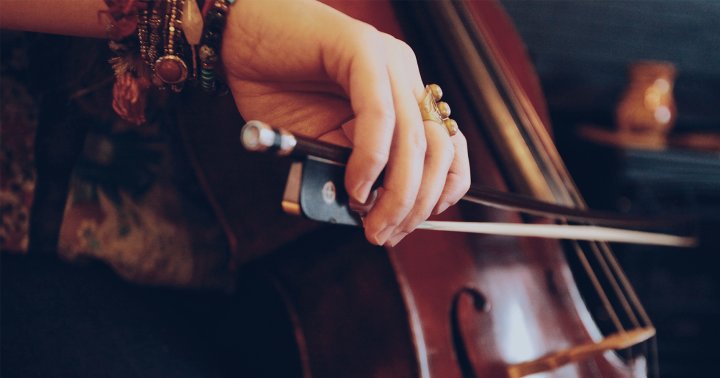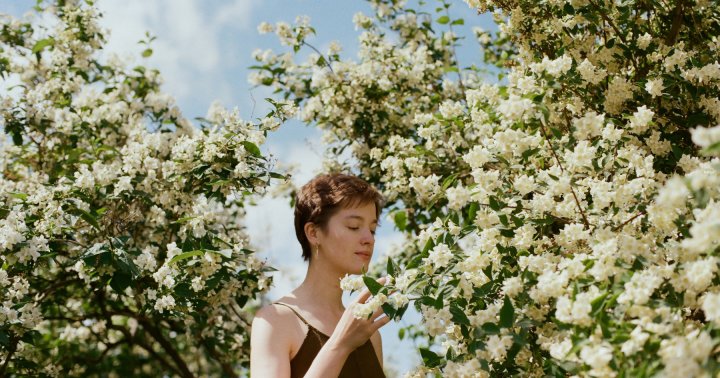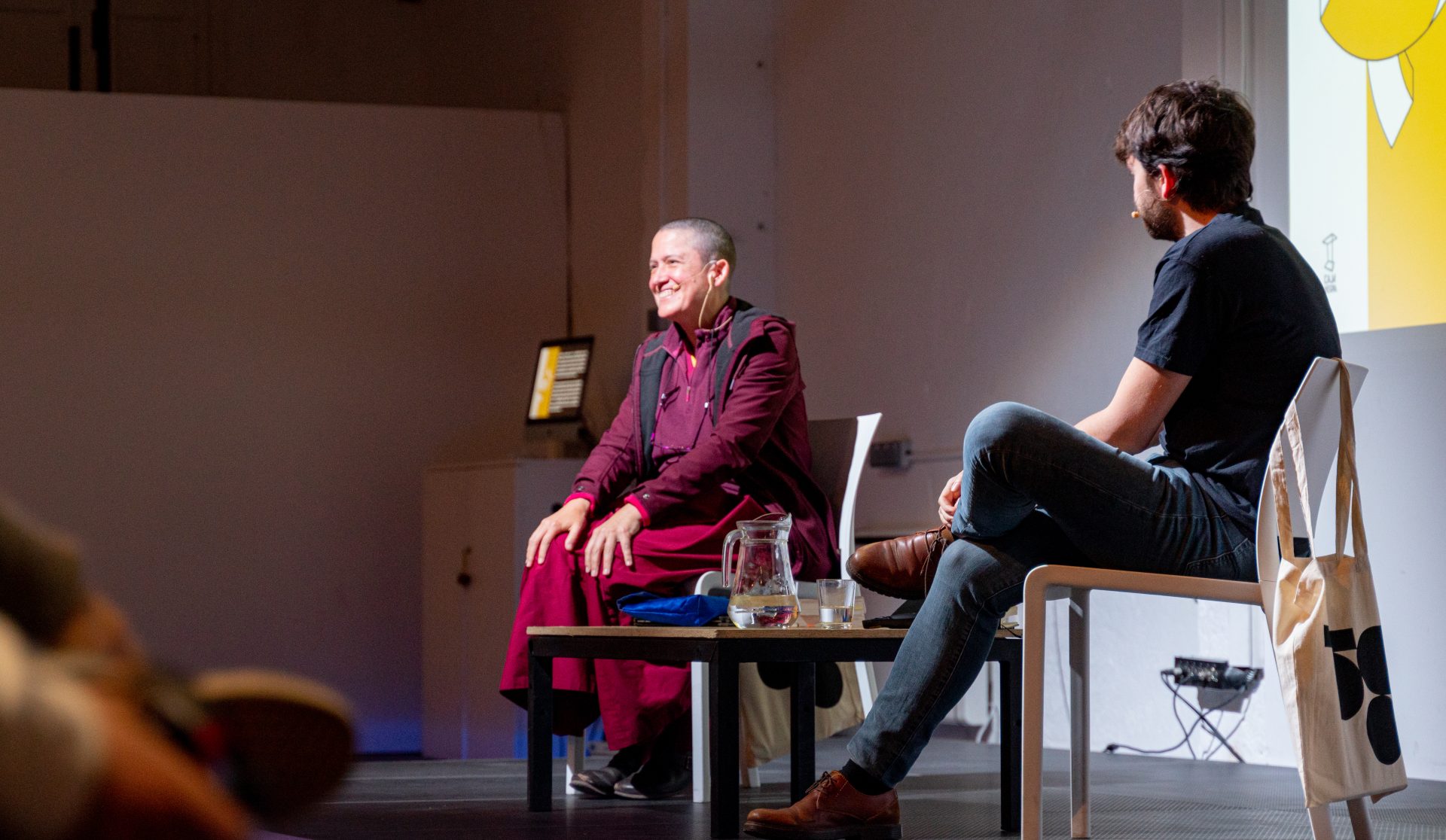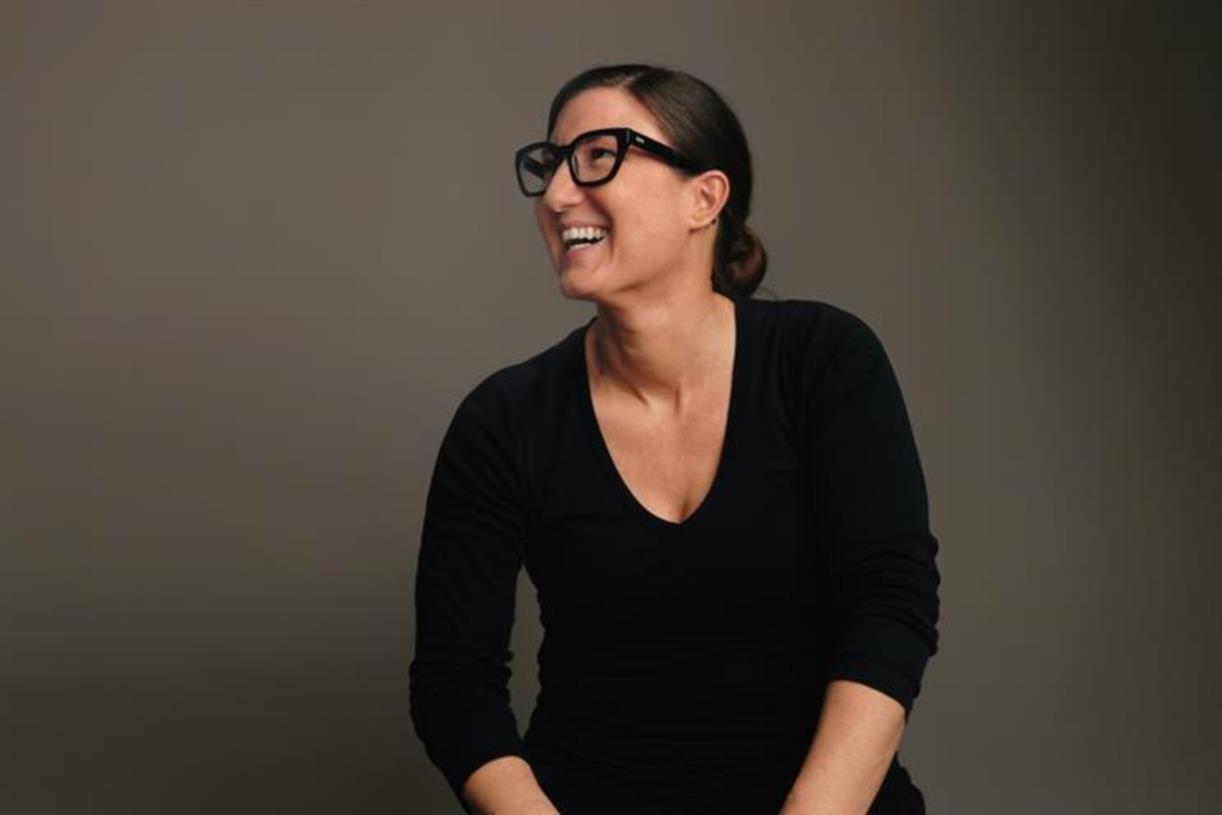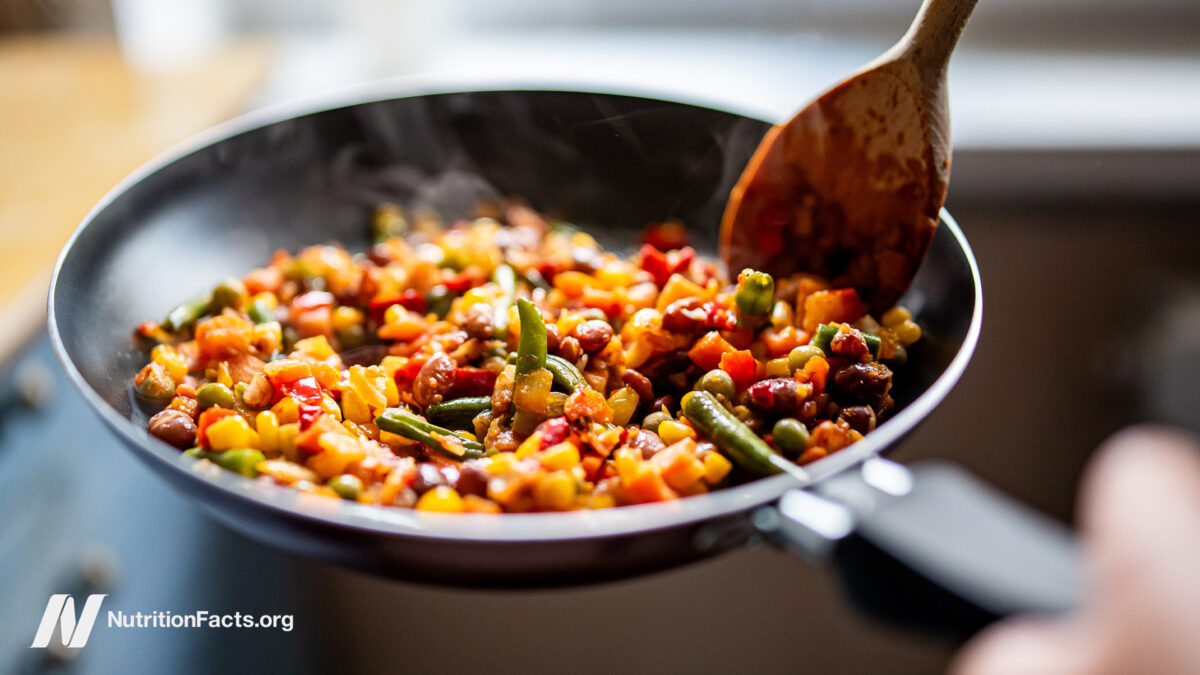How Equanimity Powers Love
True equanimity, says Kaira Jewel Lingo, is not in any way detached or uncaring—it's inclusive, and loving, and the foundation for spiritual courage. The post How Equanimity Powers Love appeared first on Lion's Roar.

True equanimity, says Kaira Jewel Lingo, is not in any way detached or uncaring—it’s inclusive, and loving, and the foundation for spiritual courage.

Photo by Chuttersnap/Unsplash.
There is a power that can help us meet the intense challenges of all that we face—Covid-19, climate chaos, racism, economic and political breakdown. That power is equanimity, one of the faces of love.
In his book Compassion and Emptiness in Early Buddhist Meditation, Bhikkhu Analayo distinguishes the four Brahmaviharas, or immeasurable minds—the four qualities of true love— using images of the sun. Metta, or loving friendliness, he says, is like the sun at noon, bright and strong, shining on everyone. For karuna, compassion, the image is of the sun setting, meeting the darkness of suffering with tenderness and care. Mudita, appreciative joy, carries the image of the sunrise, brightening up everything in its path, moving upward with freshness and inspiration. And the image for upekkha, equanimity, is of the full moon reflecting the light of the sun in the vast, cloudless night sky.
Equanimity is not indifference or coldness. It doesn’t mean you don’t love all your children—it means you love all of your children without discrimination.
In this analogy, loving friendliness, compassion, and joy have a warm quality, like the sun itself, while equanimity is cooler, the full moon that only reflects the sun’s rays. This cooler quality does not signify a lack of caring. Equanimity is full of love. It is a face of love. What’s unique about equanimity is that it helps balance the other three aspects of love so that we don’t burn out in our caring, in expressing the other aspects of love to others. It keeps us grounded. Without equanimity, our compassion can become compassion fatigue; we can outpour to an extent that we become exhausted or overly identified with the situation. Equanimity can help keep us resourced and in our center.
Upekkha in Pali is often translated as “equanimity,” “nonattachment,” “nondiscrimination,” “impartiality,” “tolerance,” or “letting go.” The word is formed from the prefix upa, which can mean “over” or “all around,” and the root ikh, meaning “to look” or “to see.” It is the capacity to see the full picture, like from the top of a high mountain, to perceive a situation in its entirety without bias. Gil Frondsdal says upekkha “refers to the equanimity that arises from the power of observation, the ability to see without being caught by what we see.” He explains,
Upekkha can also refer to the ease that comes from seeing a bigger picture. Colloquially, in India the word was sometimes used to mean “to see with patience.” We might understand this as “seeing with understanding.” For example, when we know not to take offensive words personally, we are less likely to react to what was said. Instead, we remain at ease or equanimous. This form of equanimity is sometimes compared to grandmotherly love. The grandmother clearly loves her grandchildren but, thanks to her experience with her own children, is less likely to be caught up in the drama of her grandchildren’s lives.
Far from being dry and indifferent, true equanimity is affectionate and offers a tangible presence, but one free of reactivity and anxiety.
My teacher, Thich Nhat Hanh, adds another dimension to equanimity by teaching that upekkha is the practice of inclusiveness. It’s the ability to include many perspectives, to stand firm, and at the same time not take sides. I remember he was once asked to sign a petition against abortion. He’s a Buddhist monk, and he teaches reverence for life, but he refused to sign this petition because he felt it was not inclusive; the language was dogmatic, insisting that one thing is right in all situations. He had experience working with people escaping from Vietnam after the war, and he knew of people who had been in all sorts of terrifying and traumatic situations, including rape. He understood that forcing someone to have a child they did not want, conceived from rape for example, could be tragic for both mother and child. He emphasized the need for openness and not being ideological, dogmatic, or imprisoned in our views. His refusal to sign the petition was for me a powerful teaching of caring with equanimity—working to hold as full a picture as possible, not just one view.
Being inclusive means we give and have spaciousness. But how do we face the world as it is and not be flattened by it, not be completely overwhelmed? Thich Nhat Hanh writes,
When I was a novice, I could not understand why, if the world is filled with suffering, the Buddha has such a beautiful smile. Why isn’t he disturbed by all the suffering? Later I discovered that the Buddha has enough understanding, calm, and strength; that is why the suffering does not overwhelm him. He is able to smile to suffering because he knows how to take care of it and to help transform it. We need to be aware of the suffering, but retain our clarity, calmness, and strength so we can help transform the situation. The ocean of tears cannot drown us if karuna is there. That is why the Buddha’s smile is possible.
This smile of the Buddha is rooted in equanimity, in seeing a given circumstance from all sides. When I was practicing as a nun in the Plum Village community, a similar kind of question arose while I was doing the meditation exercise “Breathing in, I dwell in the present moment; breathing out, I know this is a wonderful moment.” Suddenly I found myself stuck, genuinely wondering: with all the violence, hatred, inequality, and preventable tragedies happening in this present moment—all over the world—how can we truly affirm it as “a wonderful moment”? I had been practicing this meditation for years, but this was a moment of truth, of feeling truly lost.
I sat in the question of it and began to see how in this present moment, along with all the suffering and pain, there are also so many beings supporting others. There are hearts of compassion opening to relieve suffering, to care for others, to teach, to show a different way. There are people who are courageous and who stand up for what they believe is right, protecting our oceans, cleaning rivers and beaches, advocating for those who are oppressed. There are those in every corner of the planet who are quietly, compassionately, doing what needs to be done.
I was able to touch the knowledge that, yes, this present moment is also a wonderful moment. I saw that suffering doesn’t have to disappear in order for beauty to be there, that life is about all of these things at once. It was a moment of cultivating equanimity, this ability to hold everything. There is great terror and pain—and there is great love and great wisdom. They’re all here, coexisting in this moment.
We need the coolness of equanimity because there’s so much heat in the world right now—and it’s only getting hotter. The attempted coup and the storming of the Capitol in January, for example—how do we relate to these forces with clarity and fierce compassion, calling those involved to justice without dehumanizing them? How do we see from all sides and include them in our hearts?
My dad and I were reflecting on this violent assault and how it was not prevented, even though there was ample warning. A dharma teacher and Christian minister, he said, “When we see ourselves as victims, that is the separate self. When we see ourselves as beloved, that is no-self.” When we see ourselves as beloved, full of metta, we see ourselves in everyone and everyone in ourselves, and we have a force with which to meet the ignorance, discrimination, and even the violence in others so that it doesn’t cripple us by making us hateful. When we see ourselves as beloved, we are in opposition to no one.
During the war in Vietnam, Thich Nhat Hanh said that other people are not our enemies, that a human is never our enemy. Our only enemies are delusion, hatred, and ignorance. It is possible to uproot this in ourselves and others. If we see ourselves as beloved, not as victims, we can encounter others without malice, even when we disagree. That’s the power of equanimity, of inclusiveness.
Rev. Dr. Martin Luther King Jr., in his essay “Loving Your Enemies,” offered this exhortation:
To our most bitter opponents we say: “We shall match your capacity to inflict suffering by our capacity to endure suffering. We shall meet your physical force with soul force. Do to us what you will, and we shall continue to love you. We cannot in all good conscience obey your unjust laws, because noncooperation with evil is as much a moral obligation as is cooperation with good. Throw us in jail, and we shall still love you. Bomb our homes and threaten our children, and we shall still love you. Send your hooded perpetrators of violence into our community at the midnight hour and beat us and leave us half dead, and we shall still love you. But be ye assured that we will wear you down by our capacity to suffer. One day we shall win freedom, but not only for ourselves. We shall so appeal to your heart and conscience that we shall win you in the process, and our victory will be a double victory.”
This, too, is the voice of equanimity. If Dr. King were still with us today, he might add, “Attempt a coup, desecrate the halls of our government, terrorize our elected representatives, and we will still love you. We’ll hold you accountable and work to keep you from continuing to cause harm, but we will still love you. Because you are us. And we are you.”
The US is deeply divided. Just over eighty-one million people voted for Biden and seventy-four million people voted for Trump, a nearly even split. We share this country, and yet it is harder and harder to experience it as one nation.
I once saw a cartoon of the word “us” in big, bubble letters and inside in very tiny letters, hundreds of times was the word “them.” Who is us? Who is them? Us is them. Them is us.
Sharon Salzberg tells a story of doing six weeks of intensive metta practice with her teacher in Burma. In for a practice interview, her teacher asked, “If you were with a friend, an enemy, and a neutral person, and bandits suddenly attacked you and kidnapped the four of you and ordered you to sacrifice one person to be killed, who would you choose?” She meditated on this deeply, for days. Finally, she returned to her teacher and shared that she had looked into her heart for the deepest, truest answer to this question, and found this: “I don’t see the difference between any of us. I can’t choose.”
Equanimity is not indifference or coldness. It doesn’t mean you don’t love all your children—it means you love all of your children without discrimination. It also means we don’t discriminate between ourselves and others. So even if we’re involved in a conflict, the practice—and this is advanced practice—is to stay impartial, capable of loving and understanding (at least as best we can), seeing the humanity of all parties in the conflict. When we’re able to put ourselves in the skin of the other person or group and see them as ourselves, to see that there’s no I and no other, then we can truly love them. If I see myself as the one who loves and the other as the one who is loved, if I somehow see myself as superior or separate from the other, then that’s not true equanimity. That’s not true love.
Equanimity helps us to take a longer, bigger view. Each person has their own journey, their own path to walk; we don’t always see the logic of their trajectory. We can’t see what it is that they need to go through in their life to learn the lessons they need to learn, to grow in the ways they need to grow. With this coolness, we are able to see that this life is made up of what in Daoism is called “the ten thousand joys and the ten thousand sorrows.” All the beauty, the happiness, the wonder, the connection, the belonging, and all of the separation, the anxiety, the depression, the despair—that is a human life. It doesn’t mean we don’t try to alleviate suffering when it can be alleviated. But we touch great freedom when we can accept suffering as part of the path and not a mistake. With equanimity, we can know how not to make things worse when pain comes; we can choose not to add to the pain by resisting, suppressing, or judging it. Instead, we can choose to open to it, to allow for the fact that a certain measure of pain is part of life.
When I received the bhikshuni vows, it was after I had practiced for three years as a novice. I had studied the 348 precepts, but on the day of the ceremony, for the first time, I learned of four more: the Four Ways of Dealing with Certain Situations.
Through equanimity, we fortify ourselves with nonfear, with compassion, with acceptance.
These four vows are, essentially, about maintaining equanimity in the face of aggression, with language like, “If someone insults me, I won’t insult them in return. If someone beats me, I will not beat them in return.” As I heard these practices explained for the first time, I felt so moved that I burst into tears. I was vowing that no matter what harm, malice, or even physical aggression someone might meet me with, I wouldn’t return it in kind. This doesn’t mean I let myself be a doormat for people; it means I commit to nonviolence, to uprooting ill will in my mind. It is a deep commitment to metta.
We see this in the life of the Buddha. People insulted him, but he did not take it personally. He didn’t insult them in return. Many people misunderstood him and even felt threatened by him, yet he maintained equanimity. His own cousin, Devadatta, tried to assassinate him—he ordered an assassin to push a boulder from above, intending to crush him. The Buddha escaped in time but was injured by a flying piece of stone. Still, the Buddha held no hatred toward Devadatta. When Devadatta finally woke up from his deluded state after years of scheming to undermine the Buddha and divide the community, he asked the Buddha for forgiveness, and the Buddha compassionately forgave him and welcomed him back into the sangha.
Another time, the Buddha’s whole sangha was maligned, slandered by people who resented them and felt threatened by their presence. He didn’t take it personally. He didn’t react. He didn’t get angry. Seeing clearly what was behind these unskillful actions, he worked to address the root cause of them.
This practice of equanimity, of inclusiveness, can give us great courage. The Buddha said that when you have equanimity, you have a mind of immeasurable peace. When you have peace, you have a lot of freedom. And when you have freedom, you’re not so afraid.
There is a film, Romero, about the life of Archbishop Oscar Romero of El Salvador, who became a saint in the Catholic church. One of the most powerful scenes comes when the military has taken over a church in Sal Salvador. When Archbishop Romero insists on entering the church, the soldiers mock him; the commander fires his machine gun at the altar, riddling the tabernacle with bullets. But Romero is undeterred. He tells the soldiers, “If you must, then shoot me.”
There are a few hundred congregants standing outside in the square. Following Romero, they all move together toward the church the soldiers are still occupying with all of their guns. Rows of soldiers have guns cocked and pointed at him and the mass of people behind him. And he just keeps advancing peacefully. The soldiers lower their guns. Everyone walks quietly into the church. In the face of their nonfear, the soldiers back down. It is moving to witness that kind of fearlessness. With his actions, he says, “This is what’s right. This is what I need to do. You need to do what you need to do. What I do doesn’t depend on what you do or don’t do.” They can’t stop him; they know, at that point, that he isn’t afraid to die.
That kind of courage, that fearlessness, that compassionate refusal to move—that is the coolness of upekkha.
There’s peace in cultivating equanimity, and in that peace there is great power; the two go hand in hand. Through equanimity, we fortify ourselves with nonfear, with compassion, with acceptance. We cultivate the strength to face reality without being crushed by it.
This is what love looks like.

 JaneWalter
JaneWalter 







